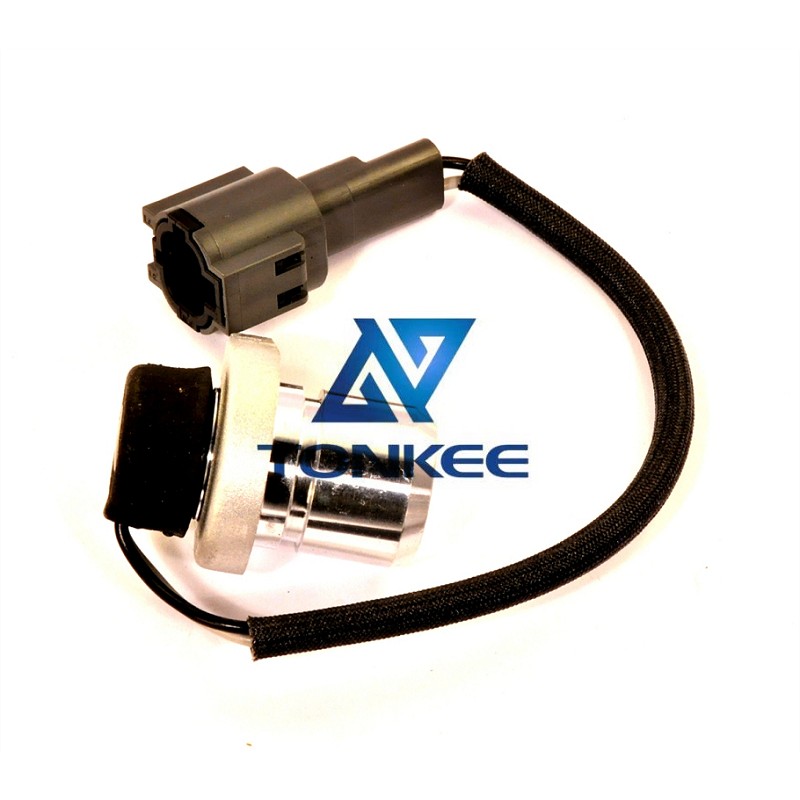
The Hitachi 100 200-2-3 Engine Rev Sensor is designed to provide real-time data on the engine's RPM.
This information is crucial for the efficient operation of heavy machinery, such as excavators, loaders, and bulldozers. The sensor ensures that the engine operates within its optimal RPM range, promoting fuel efficiency, reducing emissions, and preventing engine damage due to over-revving.
OEM Specification:
The OEM specification for this sensor, as denoted by the part number HI 4265372, ensures compatibility and reliability with Hitachi equipment. This means it is designed to meet the stringent performance and quality standards set by Hitachi, guaranteeing seamless integration into their machinery.
Physical Characteristics:
The sensor typically features a robust and durable construction to withstand the harsh operating conditions often encountered in construction and heavy equipment applications. It is designed to resist vibrations, extreme temperatures, and exposure to moisture, ensuring long-term functionality.
Electrical Properties:
The sensor is equipped with electrical connectors that facilitate easy installation and wiring. It is essential to ensure proper electrical connections to accurately transmit RPM data to the equipment's control system.
Output Signal:
The Hitachi 100 200-2-3 Engine Rev Sensor generates an electrical output signal that corresponds to the engine's RPM.
This signal can be analog or digital, depending on the specific application and equipment requirements.
Compatibility:
While primarily designed for Hitachi equipment, this sensor may also be compatible with other machinery and engines, provided they have similar RPM sensing requirements and can accommodate the sensor's physical and electrical specifications.
Installation and Maintenance:
Proper installation and regular maintenance are essential to ensure the sensor's accurate performance. Routine inspections and cleaning may be required to prevent debris or contaminants from affecting its function.
Diagnostic Capabilities:
In some applications, this sensor may be integrated into a diagnostic system that monitors engine health. It can provide valuable data for identifying potential issues or maintenance needs, helping to minimize downtime and costly repairs.
Importance in Equipment Performance:
The accurate measurement of engine RPM is critical for maintaining optimal equipment performance. This sensor enables operators and maintenance personnel to monitor engine speed in real time, allowing for adjustments to optimize efficiency and reduce wear and tear on the engine.


